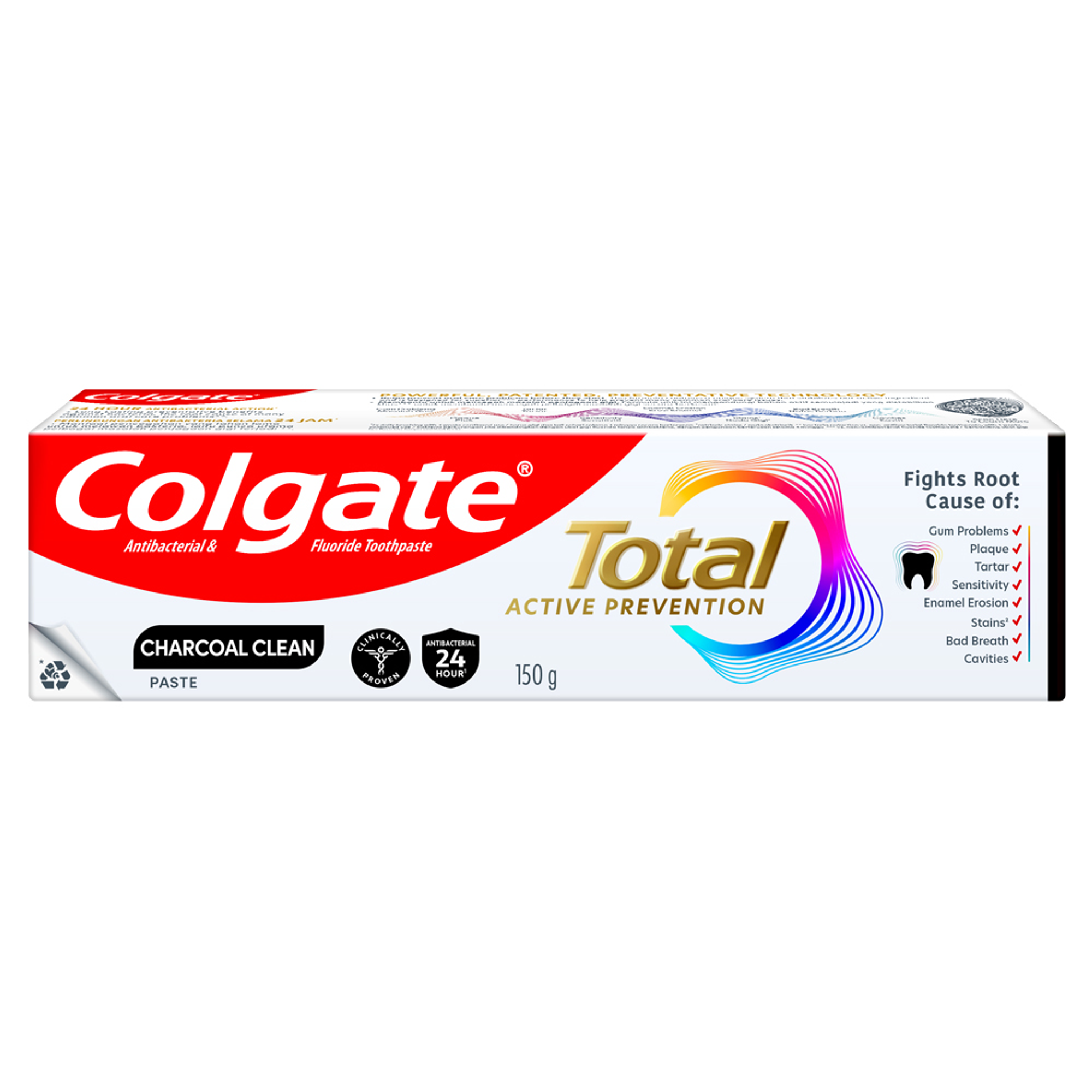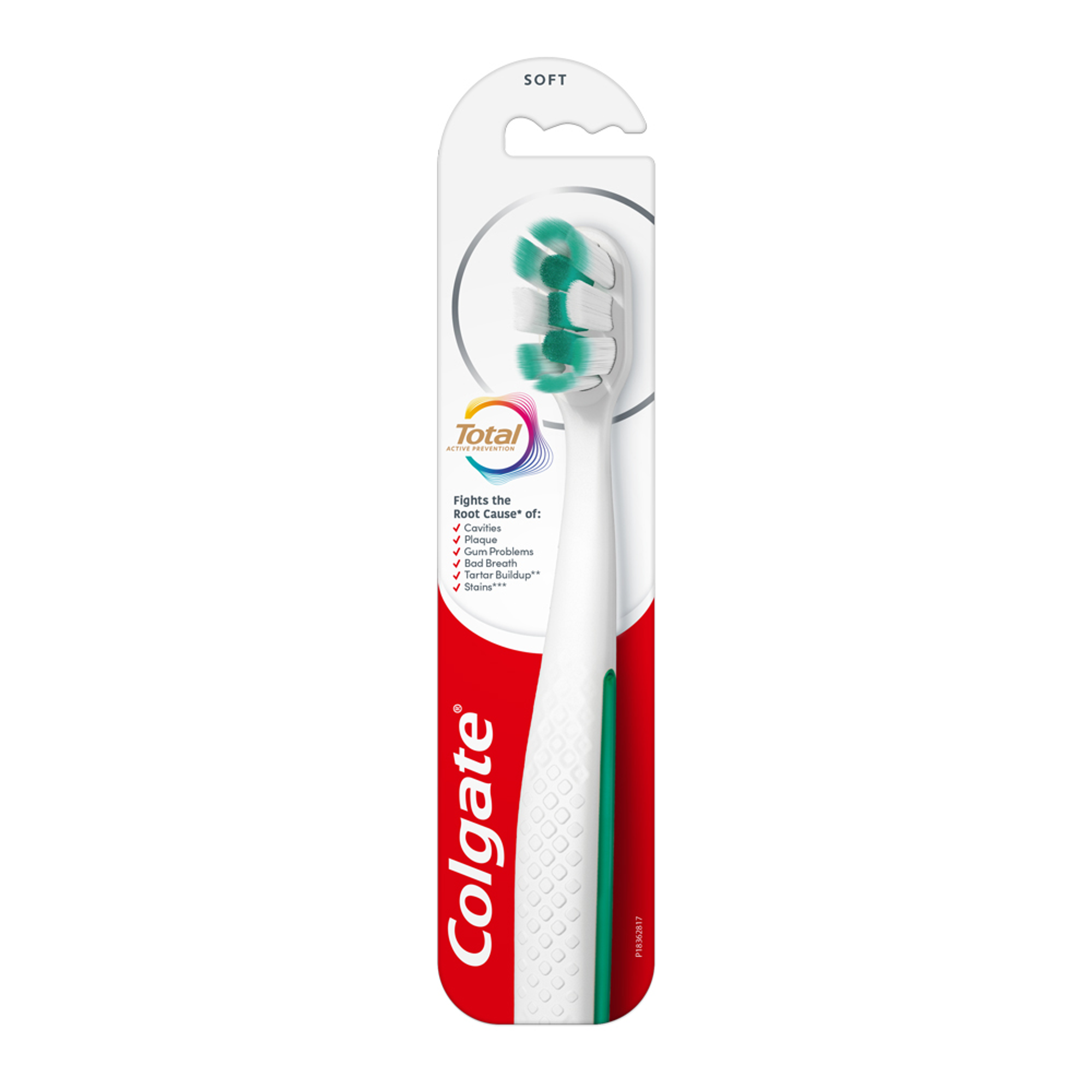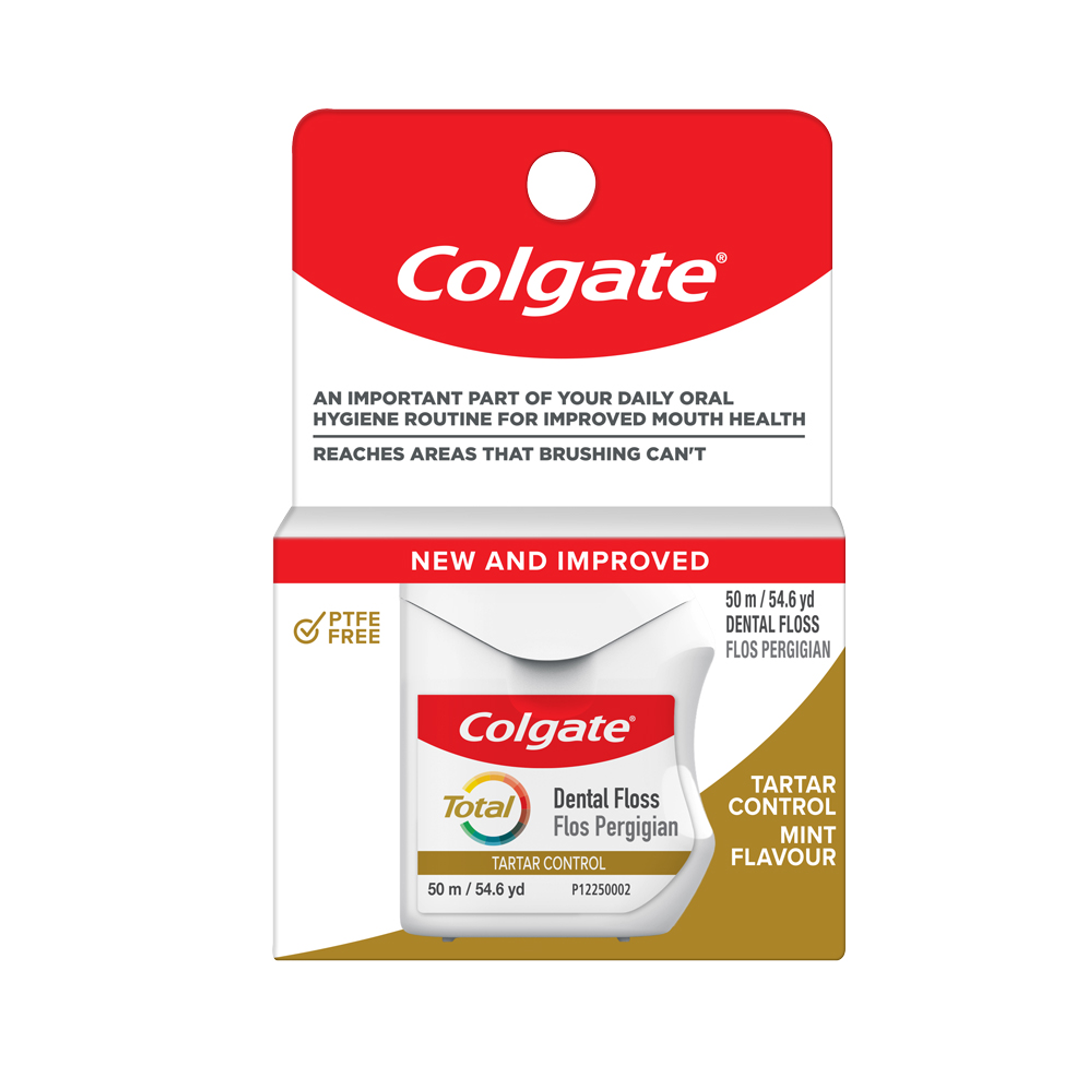-
-

FLUORIDE
Discover how stannous fluoride toothpaste prevents cavities and other oral health issues. Learn the key benefits of fluoride for teeth and its best uses.Fluoride plays a vital role in oral healthcare...

TEETH WHITENING
Teeth Whitening Serum for a Brighter, Confident SmileWho does not want whiter and brighter teeth? Thanks to the many teeth-whitening products available today...
-
Science & Innovation
- Colgate® | Toothpaste, Toothbrushes & Oral Care Resources
- Oral Health
- Dental Scaling and Root Planing to Keep Your Teeth and Mouth Clean


You visit the dentist every six months for your dental check-up and professional cleaning, then one visit the dentist tells you that you have gum disease. Gum disease is an inflammation of the gum tissue that could affect the teeth and supporting bone in your mouth. Plaque bacteria, acids and certain foods all contribute to the development of gum disease. Fortunately, two common methods exist to reverse the disease — dental scaling and root planing.

Dental Scaling
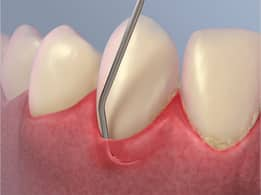
Root Planing
Dental scaling occurs with manual hand instruments, ultrasonic instruments or both. The dentist will start the procedure with a thorough examination of your mouth. Next, an ultrasonic scaling device will be used to eliminate the plaque bacteria with sonic vibrations. The ultrasonic scaling device removes tartar (calculus), plaque and biofilm from the tooth surface and underneath the gum line. A manual instrument may be used next to remove the remainder.
Root planing involves detailed scaling of the root surface to decrease inflammation of the gum tissue. The dentist scales the root surface to smooth out rough target areas, eliminating plaque and biofilm development.
How Will It Feel?
If your gum tissue is sensitive and diseased, local anesthesia can be administered to numb the tissue. If your teeth are sensitive before or after the professional cleaning, it may be recommended that you use a desensitizing paste to provide you with sensitivity relief. Dental scaling and root planing may take two to four visits based upon the level of oral disease in the mouth. If you have periodontal disease, dental scaling and root planing will be completed first and then periodontal surgery will be conducted thereafter.
Better Oral Health
The dental hygienist will educate you how to care for your teeth and gum tissue. Proper flossing and brushing will be reviewed to help you eliminate the development of future bacteria and tartar formation.
© Copyright Colgate-Palmolive Company 2010
Related Articles

Flossing is important for good oral health. If you have difficulty using string floss, talk to your dentist about alternatives, like a water flosser.

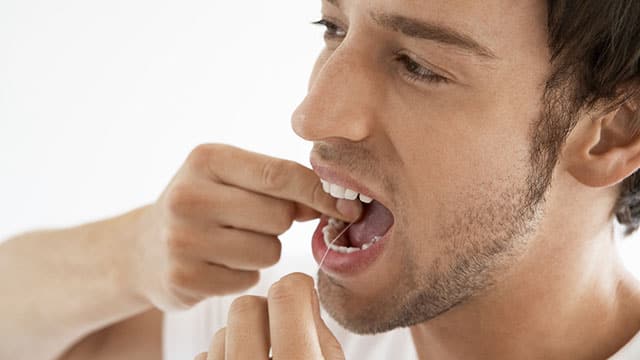
Water flossing uses water jets to clean between teeth, while traditional floss uses string. Learn the differences and choose what suits you best.
Related Products

Helping dental professionals
More professionals across the world trust Colgate. Find resources, products, and information to give your patients a healthier future




